Vladimir Ilych Ulyanov, best known by his pseudonym Vladimir Lenin, was born near the Volga River in Russia. He first read Karl Marx in 1888, and his political views would build from that time until 1903. Vladimir Lenin would found the USSR (Union of Soviet Socialist Republics, Soviet Union Socialist Republic). That was the year he wrote What to do? , in which he presented his ideas for a socialist republic. Lenin's life and character were strongly influenced by his brother's martyrdom while he was still a child. Alexander Ulyanov was a member of Narodnya Volya, a rebel group against Tsar Alexander III. The Tsar's police arrested and murdered him and several of his comrades from Narodnya Volya. This article explains Lenin's idealization of Marxism and his rise to power. It also affects the foundations of the Soviet Union and its organization.
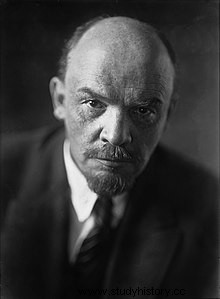
| Read about contemporary Soviet culture, the case of Transnistria
| The history of the Reformation in Latvia
Marxism-Leninism for the Bolsheviks
In his book What to do? , Lenin explains various pillars in his ideology for a revolution. These include:
1. A vision into a framework policy organization
2. An underground activist network to turn this vision into a political organization
"Marxism can be defined as the theory and practice of the international workers' revolution," he writes Faulkner (Faulkner 2017:55). Lenin had lived and pondered the historical paradox that Marx and Engels found and wrote in their works. That is, while productivity has steadily increased throughout history, millions still live in poverty. Wealth was constantly held in the hands of a few. They thought this was happening because the exploited classes had never had an interest in collective liberation. However, the new industrial proletariat, that is, factory workers, was different in this respect.
In the ancient world, slave owners owned other people as means of production. Under feudalism, it was landowners (or feudal lords) who owned the land and serfs who cultivated it. Neither of the two oppressed classes had any incentive to bring about a collective change. They could control the owner of the land and share what they took of the means of production among themselves. If a band of serfs overthrew their master, they would divide the property and only move private property. But for the industrial proletarian, this was different because of the nature of the means of production of their time. They can not split factories, businesses, hospitals, etc. That way, because without the fullness there would be no productivity. Thus, their best effort was joint ownership of the means of production.
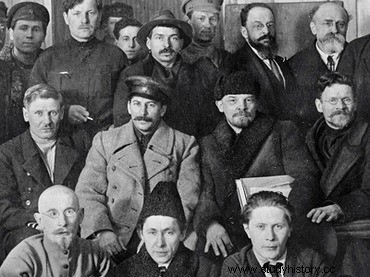
Industrial Proletariat
They were the first class to have a common interest in the liberation of all mankind. For this would be those who brought communism to a political reality. The revolutions of 1848 led Marx and Engels to another radical conclusion. They claimed that this proletariat was bare class able to bring about a particular revolution. Engels even wrote that in the bourgeoisie wins, as in France in the 18th century th century, the main actors had been proletarians. They saw a political struggle for the establishment of democracy. But it was also an economic one to redistribute goods and means of production. Marx and Engels believed that with the industrial proletariat these two struggles had become inextricably linked.
Lenin's views were quite common in Marxist circles until 1917. He argued that a proletarian revolution was necessary to overthrow autocracy and establish a democratic republic. He also believed that a redistribution of land to farmers had to be made, and an eight-hour shift at the factory. Like other revolutionary groups before and after, Lenin had a romantic view of revolution. This means one with heroes and martyrs, war and sacrifice, like Narodnya Volya, where his brother became a martyr. This also applies to other Marxist figures, such as the philosopher Georg Lukács or the revolutionary Ernesto Che Guevara. Perhaps he stems from this passion, in the Second Congress of the Social Democratic Labor Party, 1903, he announced certain goals. The Bolshevik Party, his part of the SDLP, was dedicated to the overthrow of Tsar Alexander III. It will also support all similar ambitions abroad.
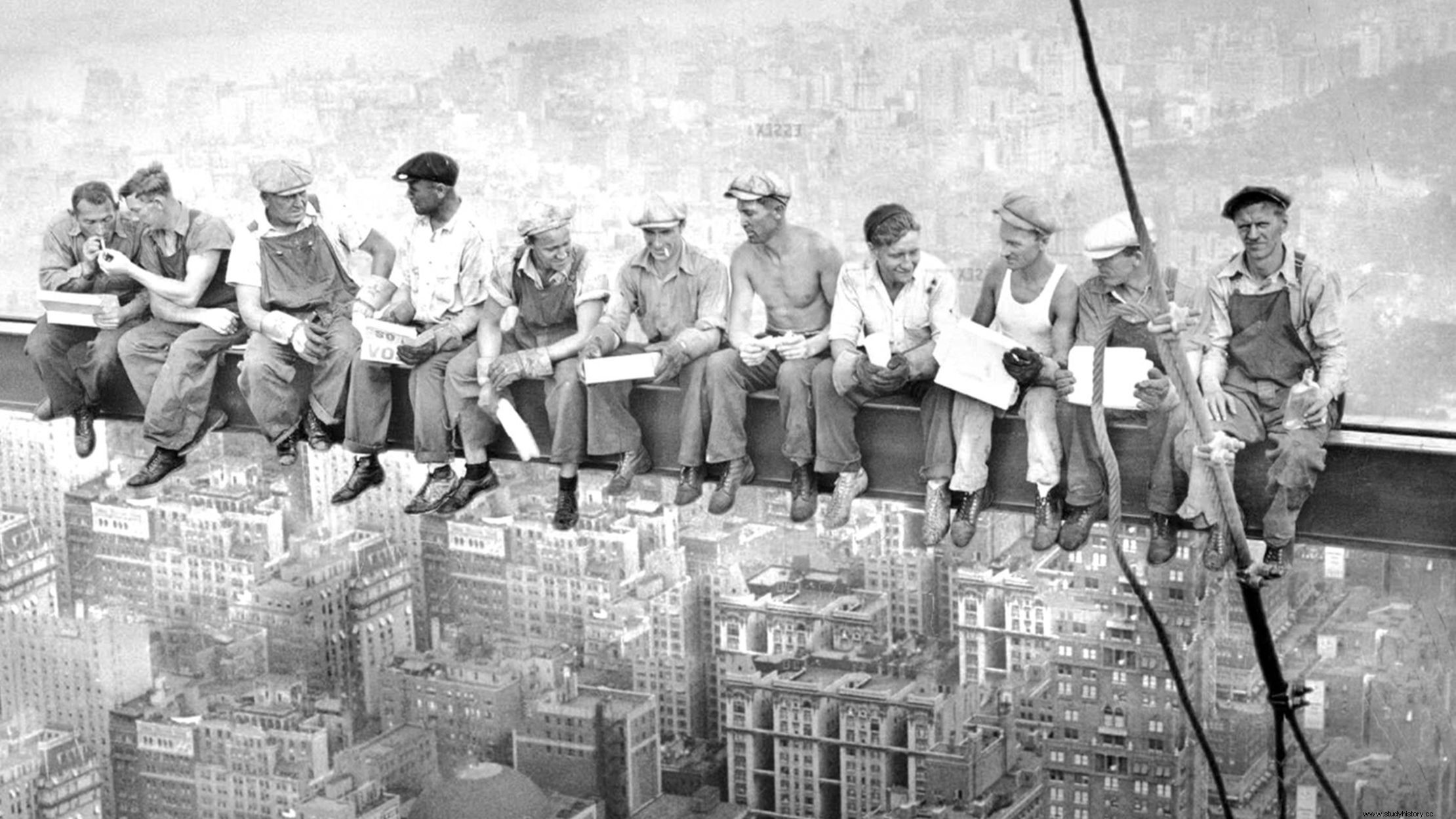
An underground activist network for the Bolsheviks
In 1883, the Emancipation of Labor Group appeared in Petersburg, led by Georgi Valentinovich Plekhanov. The Tsar died, was assassinated in 1881, and what followed were many militant working groups. The legacy of Plekhanov was a seed in the social world that developed through the 1880s and exploded in the 1890s. In 1895, Lenin and others founded the St Petersburg League of Struggle and Emancipation of the Working Class. In May 1896, 30,000 textile workers in St. Petersburg carried out a three-week strike largely organized by the League of Struggle. Thus, the league became a small social movement. However, the movement slowed down. Lenin and others were arrested and sentenced to exile in 1895.
When he returned to politics in 1899, he developed a complete plan to create a revolutionary movement in Russia. Between 1899 and 1903, the Bolsheviks were born as a clear branch of Russian socialism. However, his party was not a political sect. Faulkner (2017) defines a political sect as a small, self-appointed organization that tries to familiarize itself with political decision-making. They introduce a new idea or a set of them. A democratic-centralist organization is one in which power is concentrated in a single cult-like guru. According to Faulkner, the Bolsheviks were not a democratic-centralist organization. This is because they wanted an open, mass, democratic party that gave the Russian masses a voice. Their problem, however, was that Russia was a police state. In that context, it was impossible to develop openly, which they needed if they wanted to organize democratic elections.
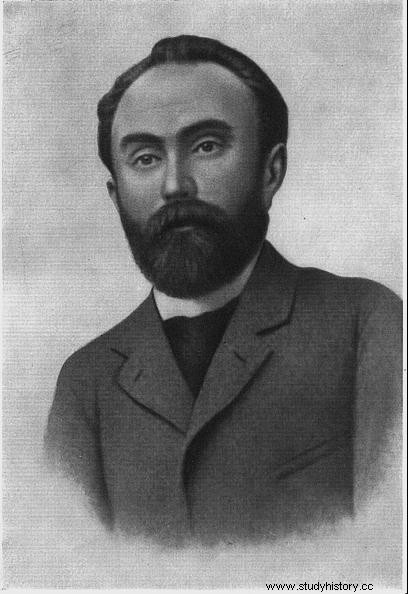
The Bolsheviks' solutions to the questions of democracy in a police state
The Bolsheviks thus had two main questions. The first was how to build a socialist organization in Tsarist Russia. The second, how best to uphold the principles and program of the party. In time, Lenin began to see what he interpreted as the dissolution of the movement. The doctrine of economism became popular and argued that workers only focus on the economic struggle, while liberals work with democracy. In Lenin's view, this class division legitimized, and so was a decline away from Marxism. In response, he ordered an all-Russian newspaper, produced abroad and distributed to underground groups. A coherent set of ideas spread in this way would cement the party's activist network. This had two goals. It would educate people about Marxism and act as a scaffold for the movement. It would be to learn the "correct interpretation" of Marxism.
Death of the old institutions
History (1919) notes in its article on Soviet politics that two institutions died out with the Bolsheviks in power. This was mir (world) and zemstvo (земство).
Mir
Miret was a group of peasant households in self-government. They elect their officials and control local forests, fisheries, hunting grounds and vacant lands. The first theory as to why their demise occurred is because the Soviet Union logically meant the destruction of mir. This is because we need to take care of a larger area and more people. The soviet better suited to this. This institution was a group of workers from an area who elected a representative and sent him to Congress. There he and other members of Congress would pass the law ("Viki1999" 2020).
The second theory is that large and important social groups distrust traditional forms of government. Industrial workers demanded that control of the industry should not be individual, but municipal and proletarian. They adapted the Soviet form of organization to this task, but it has proved inadequate. Soldiers returning from war also found that mir was not the best option. They needed to redistribute land now that the demographics had changed, and the inadequacy of the mire led to conflicts between the villages. Here they welcomed the Soviet authorities and organization.
Zemstvo
Zemstvo was a government institution for elected local assemblies introduced by Alexander II that replaced the nobility. Socialists condemned it from the beginning and argued that it was a bourgeois institution. Zemstvo did not have the trust of its own employees, and thus received the various attacks and soon disappeared.
From the beginning, the Soviet captured the devotion of the masses. It was a movement that brought great changes to all institutions of Russian society. Story (1919) claims that without the Soviets, Russia would have descended into the "anarchy of despair" (p. 464). At the beginning, "the procedure was elastic and membership was open to all citizens of the respective economic groups" (p. 463). People talked to people of their kind:masons talked to masons, and the professional man or politician would interfere. Everyone was allowed to have one vote. People elected delegates of themselves who spoke in higher councils (Soviets). The fluidity of the Soviet constitution proved to be one of its strengths. "In them [the Soviet Union] the trust of the masses was lost" (p. 463), but with much state interference.
The Bolshevik Congress
From before the creation of the Soviet Union, Russia was home to various peoples, including Ukrainians, Finns and more. When the Soviet government came to power, each of these groups got its own socialist government. The Treaty establishing the Soviet Union gave a Soviet government to all notable minorities. It was a Russian Soviet republic, a Ukrainian Soviet republic, and so on. (However, the Soviet Union did not include Finland). They were all bound by the government of the Soviet Union (hence the "Union").
Workers in a republic wanted to create from themselves a soviet which was open to any worker. The only ones they did not allow were the bourgeoisie. This was a way of bringing about the "dictatorship of the proletariat" that Marx advocated. The Soviets discussed laws and elected a delegate to represent them in Congress. However, this congress met very rarely, only once or twice a year. Thus, members of Congress elected a few representatives from themselves to form the Central Executive Committee. This committee had the same task as the Congress, but worked while the latter was not active. With so many representatives, this was a very indirect form of democracy. Russia, however, was very poor at the time, and most had no formal education or knowledge of Marxism. Thus, the vanguard believed that most people would not be ready to run a country.
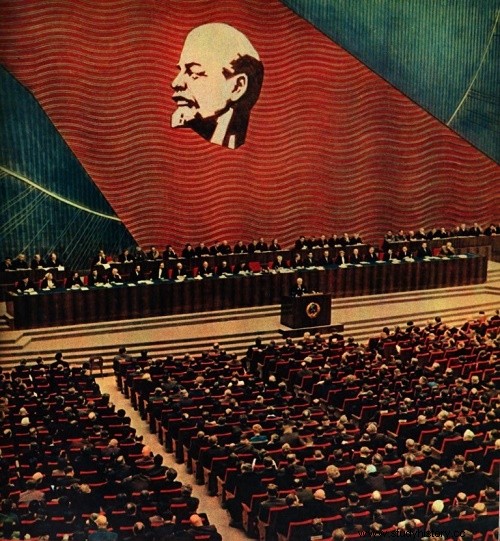
authoritarian
The Soviet Union is known for its history of authoritarianism and totalitarianism, especially under its second leader, Joseph Stalin. Arguments against it say that such totalitarianism is the inevitable consequence of socialism in practice. Those who are in favor of socialism argue that the application of the Bolsheviks must be so due to various circumstances. For example, Eagleton (2011) claims that because most people in Russia did not have material goods, the government implemented authoritarian measures. After Marxism, the focus was on all human beings having material goods, and therefore they had to enforce them.
Many contrast the Soviet Union with Nazi Germany in that both were totalitarian, but the former left-wing and the latter right-wing. However, Hannah Arendt (1953) explains both phenomena as the same Thought. That is, a notion of superhuman destiny. The Soviet Union followed the Marxist theory of historical materialism. This theory states that the stages of history change when the means of production change owner. As we saw above, slaves rebelled against slave owners, and then serfs against feudal lords. The industrial proletariat would be the one to dethrone the bourgeoisie and bring about communism.
It is with this idea of acting for forces beyond human beings that these governments legitimize their actions. The enemies of the idea are the enemies of humanity. It is fast that the "enemies of the idea" are merged with the "enemies of the state". Thus, there is no problem in eliminating political opposition.
the conclusion
The Soviet Union was initially an improvement for the people of Russia. Average living conditions improved, they all had access to work, education and health, and they all had one voice. However, this voice soon became the subject of political indoctrination, as has happened in other Marxist states, such as Cuba. This will certainly happen if, as Arendt points out, the idea of destiny is kept too central. Given the centrality of central materialism in Marxism, this is likely to happen in any Marxist state. But it does not have to. Marx himself believed that human will weighed more on the direction of history than on fate.
References
Faulkner, N. (2017). Lenin and the Bolsheviks. I A folk tale of the Russian Revolution (pp. 52-87). London:Pluto Press
How did the Soviet Union work? by Viki 1999
Story, R. (1919). Foreign Governments and Politics:Observations on Soviet Government. The American Political Science Review, 13 (3), 460-467. doi:10.2307 / 1945963
